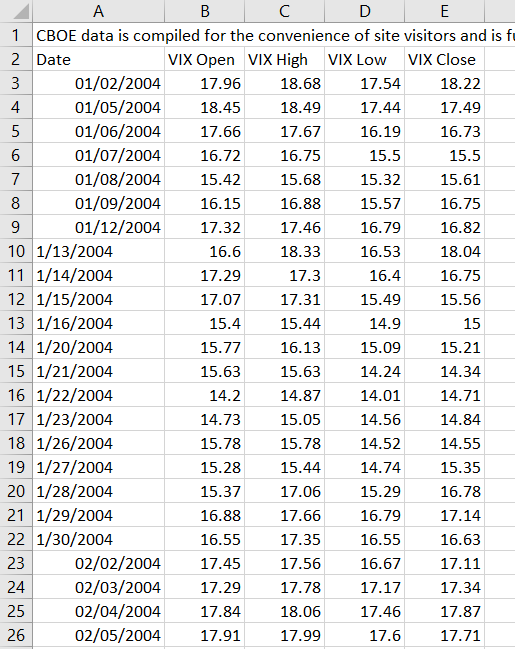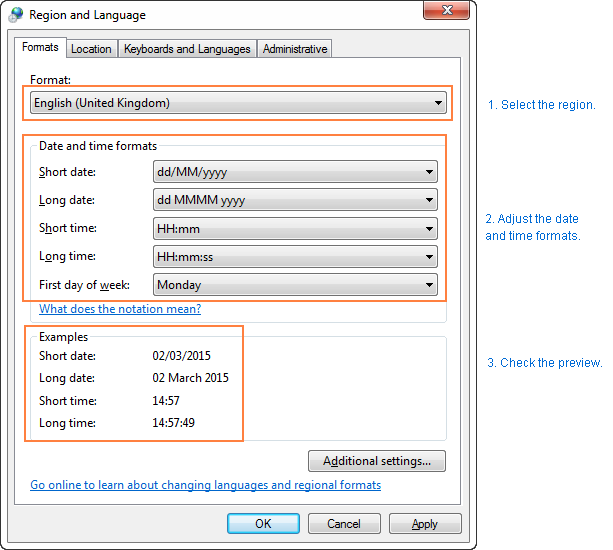
'British and French - dd/mm/yy' AS ,ĬONVERT(VARCHAR(50), Getdate(), 3) AS

'ANSI - dd.mm.yy' AS ,ĬONVERT(VARCHAR(50), Getdate(), 2) AS 'USA - mm/dd/yy' AS ,ĬONVERT(VARCHAR(50), Getdate(), 1) AS 'Default format' AS ,ĬONVERT(VARCHAR(50), Getdate(), 0) AS

Similarly, we can specify different style codes so you can convert dates into your required format. In the below SQL query, we convert the datetime into two formats using the CONVERT() function. This applies the style codes for specific output dates. Typically, database professionals use the SQL CONVERT date function to get dates into a specified and consistent format. Let’s explore the different SQL CONVERT date format methods. It’s not possible to store dates in a SQL Server table in different formats, so we need a way to convert date formats. You can refer to Wikipedia for more information about date formats by country.Īpart from this, sometimes we also want to include the timestamp along with dates. In addition, other countries follow different date formats:

How do you interpret it? Let's look at the following interpretations across different countries.

For example, it has a date column that has the value. Suppose you have a global SQL Server database with a table that holds a specific date format. In this article, we will explore using the different SQL CONVERT date formats within SQL Server.ĭate interpretation varies between different countries.


 0 kommentar(er)
0 kommentar(er)
